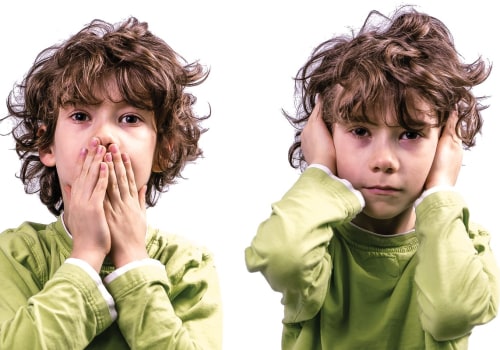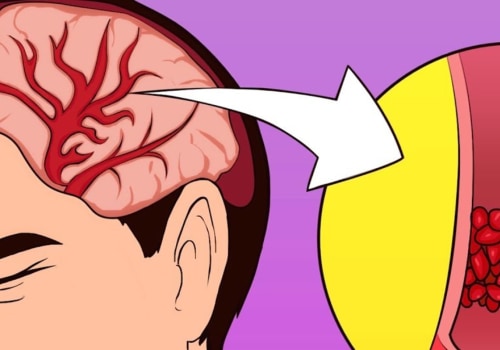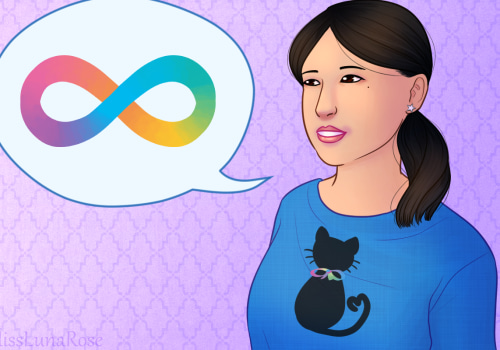Autism is a lifelong condition that can affect a person's social skills, communication, and behavior. It is estimated that 1 in 54 children in the United States have been identified with autism spectrum disorder (ASD). Early diagnosis and intervention are key to helping children with autism reach their full potential. When looking for early signs of autism spectrum disorder, there are developmental milestones that children are expected to reach at certain ages.
For example, babbling at four months of age and being able to use simple sentences by age two. Here are five common signs of autism that parents should look out for:1.Not responding to their nameIf a baby does not respond to their name by two months, four months, six months, nine months, and one year, this could be one of the first signs of autism or another developmental condition.
2.Avoiding eye contact
People with autism often avoid eye contact and may not look at people when they are talking. This can be a sign of difficulty in understanding and responding to social cues.3.Not smiling when you smile at them
Children with autism may not smile when you smile at them or show other facial expressions that are typical for their age.4.Very upset if they don't like a certain taste, smell or sound
Many people with autism have sensory problems. They may be overly sensitive or under-sensitive to certain tastes, smells, or sounds.5.Repetitive movements
Repetitive movements such as flapping hands, moving fingers or rocking the body are common signs of autism. If you notice any of these signs in your child, it is important to talk to your pediatrician about getting a diagnosis.Social Communication Challenges and Specialized Health Care Providers diagnose autism using a checklist of criteria in the two categories above. They also assess the severity of autism symptoms The autism severity scale reflects how much support a person needs for daily functioning. Autism is a lifelong condition, and symptoms and signs of autism may first appear when a child is very young. However, it is possible to see signs of autism in newborn babies and young children. Early diagnosis and intervention are key to helping children with autism reach their full potential.




Leave a Comment